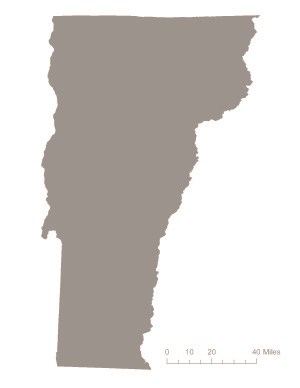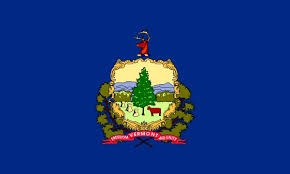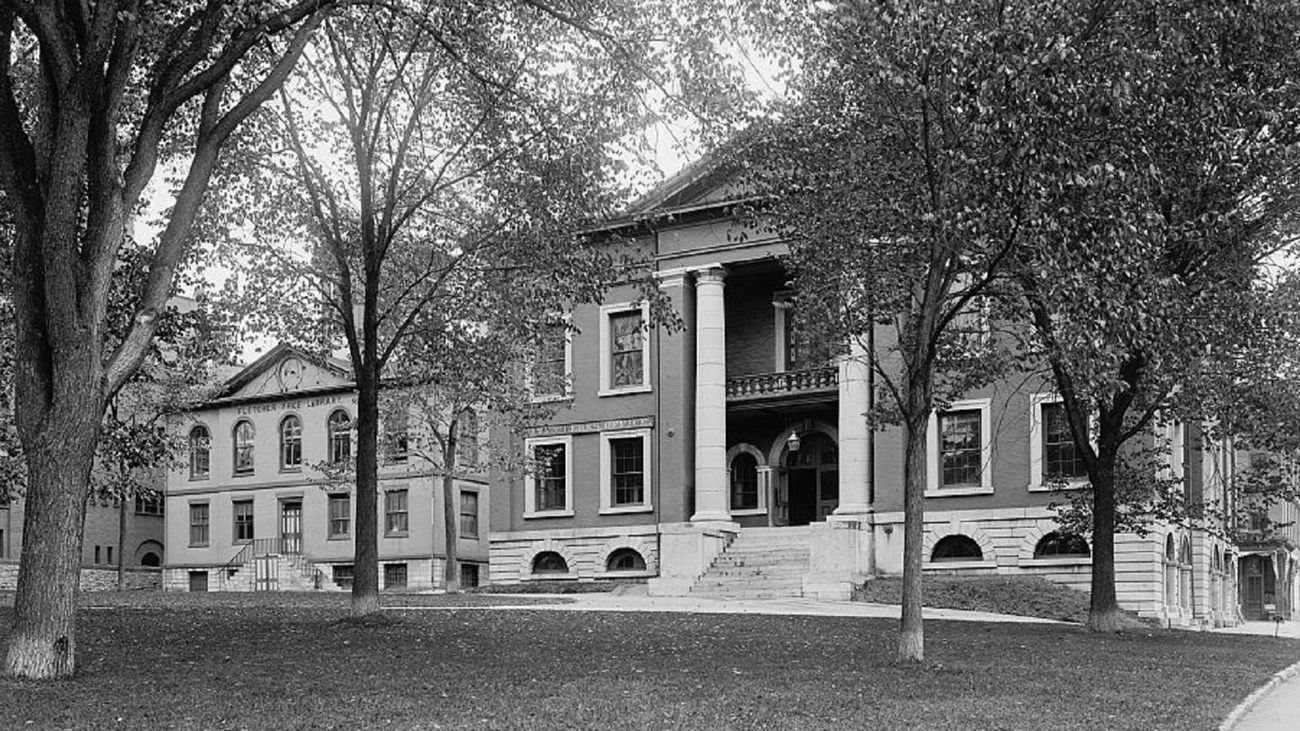Last updated: August 23, 2019
Article
Vermont and the 19th Amendment

Women first organized and collectively fought for suffrage at the national level in July of 1848. Suffragists such as Elizabeth Cady Stanton and Lucretia Mott convened a meeting of over 300 people in Seneca Falls, New York. In the following decades, women marched, protested, lobbied, and even went to jail. By the 1870s, women pressured Congress to vote on an amendment that would recognize their suffrage rights. This amendment was sometimes known as the Susan B. Anthony amendment and became the 19th Amendment.
The amendment reads:
"The right of citizens of the United States to vote shall not be denied or abridged by the United States or by any state on account of sex."
After decades of arguments for and against women's suffrage, Congress finally voted in favor of the 19th Amendment in June 1919. After Congress passed the 19th Amendment, at least 36 states needed to vote in favor of it for it to become law. This process is called ratification.
By August of 1920, 36 states (not including Vermont) ratified the amendment. The 19th Amendment became US law, ensuring that all across the country, the right to vote could not be denied based on sex.
Vermont showed its support for women’s suffrage by ratifying the amendment on February 8, 1921.

Vermont Places of Women's Suffrage: City Hall Park Historic District
There were a number of women’s suffrage organizations in Vermont in the early 1900s. Vermont suffragists held a convention each year in a different town. The 1914 convention was held at the City Hall in Burlington. Taking place over two days from November 4-5, the city hall was crowded with participants every evening. Women from Vermont and neighboring states attended. Notable speakers included Beatrice Forbes Robertson Hale from New York and Maud Wood Park of Boston. The City Hall and Park District is listed on the National Register of Historic Places.

City Hall Park Historic District is an important place in the story of ratification. It is listed on the National Register of Historic Place
